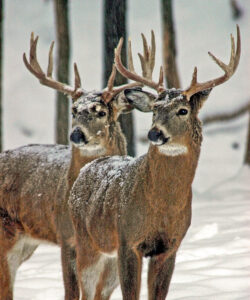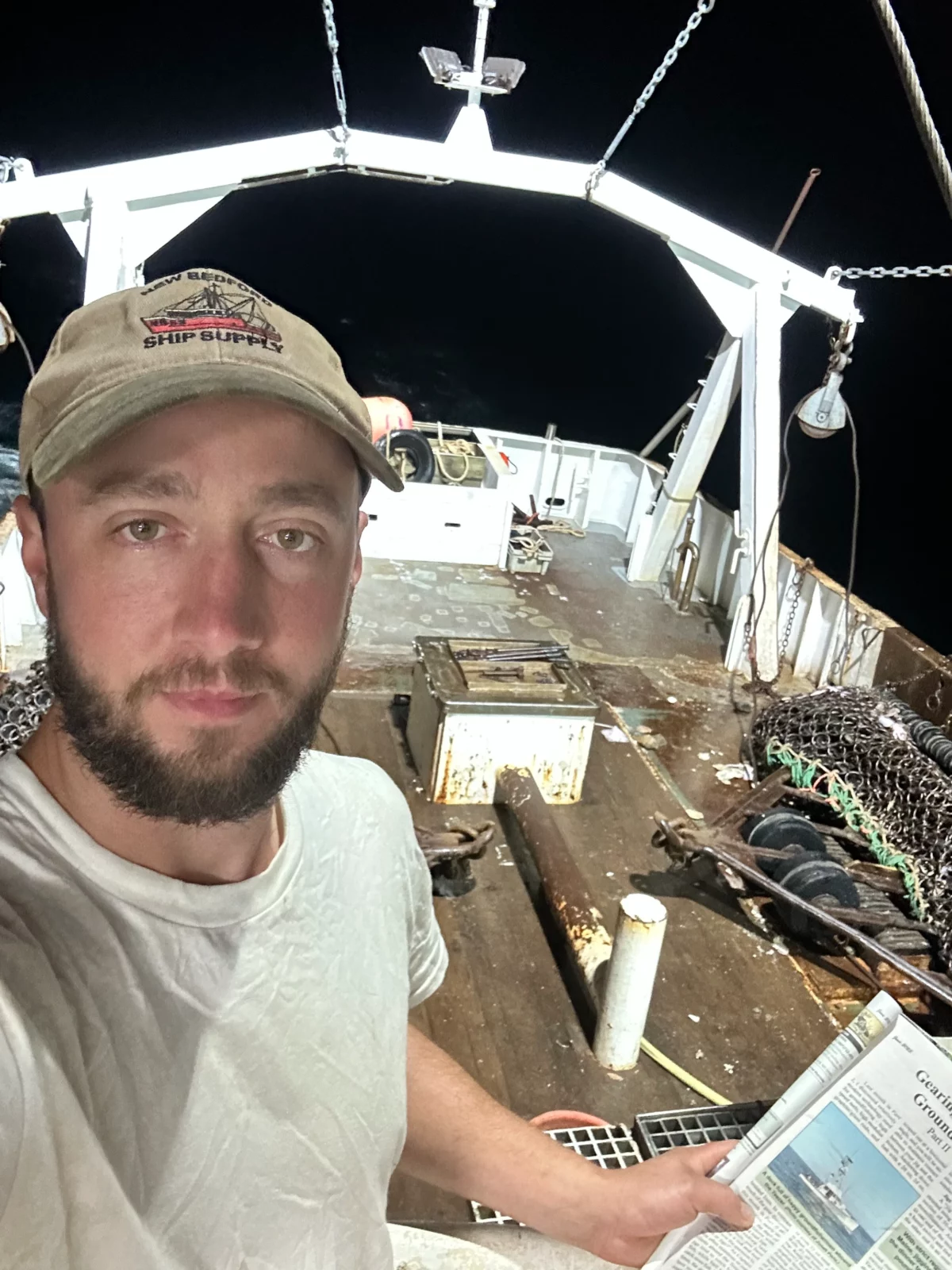The Buck Moon
By Joe Judd
I was reminded recently, that the full moon in the month just passed is often referred to as “The Buck Moon”! Now, I might have already known this and simply forgotten it, and perhaps you knew this as well! But all it took was a little research to remember that the “Buck Moon” gets its name from the antlers of a male deer, which are large enough in July to be spotted in the moonlight, which makes perfect sense to me! However, other names also describe a full moon in July, such as, “Ripe Corn Moon, Thunder Moon, Salmon Moon, and Raspberry Moon, just to name a few, and it’s all fascinating stuff for discussion.
Deer Movement
But when a name like “Buck moon” comes into my conversations, it shouldn’t surprise anyone that my head is going straight in the direction of deer hunting, deer movement, and the full moon! That said, it’s always important to understand deer movement in general, and to remember that the objective of a whitetail deer’s existence is to find food daily. But what does the moon phase have to do with this? Well, while most serious deer hunters are familiar with the facts about the moon phase, a little well-intended refreshment on the subject never hurt anyone!
It’s common knowledge that the moon rotates on its axis at the same rate it orbits the Earth, but only one side of the moon is visible from our planet. However, moon illumination varies by degree of sunlight depending on its orbit position, which is broken into the four lunar phases, “New Moon, First Quarter, Full Moon, and the Third Quarter”, and they’re divided based on the shape of the moon and the phase it’s in. Many people don’t realize just how much the moon affects our daily lives.
New Moon
For example: when we have a Full or New Moon, the earth, sun, and moon are in alignment, and the combined gravity force of all three creates high tides and low tides. During quarter phases, when these gravity forces of the moon and the sun become perpendicular to the Earth, there is less tidal change. Most animals consist of about 50 percent water. So, one might expect the moon could, somehow, influence behavior in both animals and humans alike. And with that in mind, there are numerous reports on how the Full Moon affects human reproduction, admittance to hospitals, emergency unit responses, crime, etc. Just ask a nurse or a cop and they’ll be happy to give you the low down on this phenomenon!
During deer season, I always toss and turn at night during the Full Moon, while lying awake in bed, wondering what they’re doing, and itching for “first light” to appear! But, as interesting as all this might be, most of the hard research on the topic shows no parallel whatsoever between the lunar cycles and deer movement. The reality is, there simply is no real evidence to be found. However, virtually all marine life is influenced by the tides, and since the moon controls the tides, couldn’t you say that the moon absolutely affects the behavior of marine life? In comparison, whitetail deer behavior is influenced by changes in the amount of daylight more than anything else. But could the moon, in some possible way, really affect their movement? I know hunters who believe in this religiously, and I believe it does have merit, especially during the New Moon and the Last Quarter. In my own personal observation, from over 50 years of whitetail deer hunting, deer activity does seem to decline during the full moon.
Less Activity
I see less deer movement during typical peak periods, from dawn to dusk, during a full moon. But that decline is very subtle. I’ve also observed a slight increase in movement during mid-day, with the same thing being true during the rut! But again, as far as I know, there is not a stitch of scientific evidence that’s supports this! In addition, because the full moon doesn’t occur at the same time annually, the popular belief is that peak breeding dates will change from year to year, or even from region to region, possibly by as much as a week! But even that, “common sense”, opinion, to date, has no certified or documented evidence to support it.
So, think about it! And before you start scheduling vacation time based on any of this, remember that “light is light”, no matter how long or short the days become. Remember that most deer movements occur at dawn and dusk, and that this movement may change ever so slightly during certain phases of a deer season, all other things being equal. But unfortunately, in hunting, all other things are seldom equal!
Joe Judd is a lifelong hunter and sportsman. He is an outdoor writer, seminar speaker, member of the New England Outdoor Writers Association, and a 2019 inductee into the N.E. Turkey Hunting Hall of Fame. Joe is also on the Quaker Boy Game Calls and Bass Pro Shops/Cabela’s Regional Pro-Staff.
For more articles about hunting, fishing and the great outdoors, be sure to subscribe to the Northwoods Sporting Journal.


 My name is Cody Fish. I enjoy reading the Northwoods Sporting Journal while out on my fishing trips aboard the two 80-90 foot offshore scallop boats I work on. Our trips are typically a week to two weeks long. As we steam out to the fishing grounds, or even home, I frequently find myself reading the whole journal cover to cover. Wonderful advice, tips, and stories to help me remember just how beautiful the state I call home is. I reside in the town of Union, Maine and am an avid deer Hunter and trout fisherman. I am attaching a picture of me holding the journal as I steam the boat towards Cape Cod.
- Cody Fish"
My name is Cody Fish. I enjoy reading the Northwoods Sporting Journal while out on my fishing trips aboard the two 80-90 foot offshore scallop boats I work on. Our trips are typically a week to two weeks long. As we steam out to the fishing grounds, or even home, I frequently find myself reading the whole journal cover to cover. Wonderful advice, tips, and stories to help me remember just how beautiful the state I call home is. I reside in the town of Union, Maine and am an avid deer Hunter and trout fisherman. I am attaching a picture of me holding the journal as I steam the boat towards Cape Cod.
- Cody Fish"